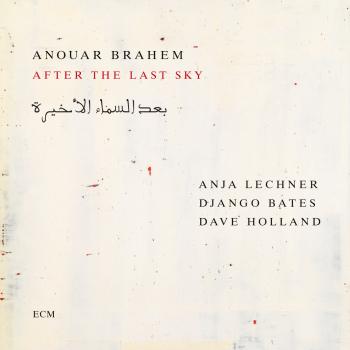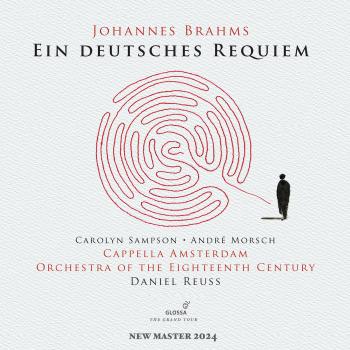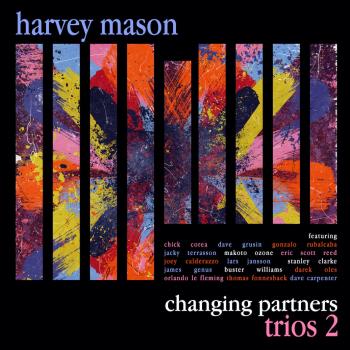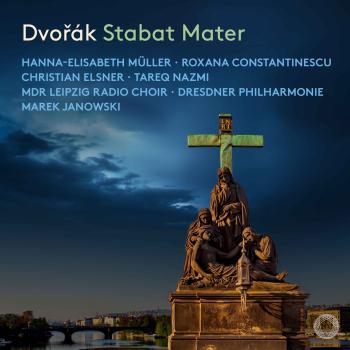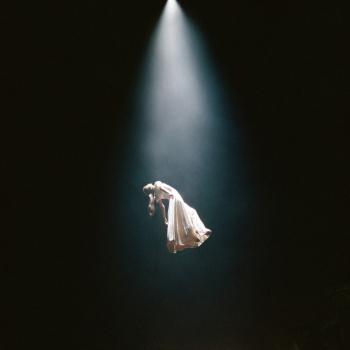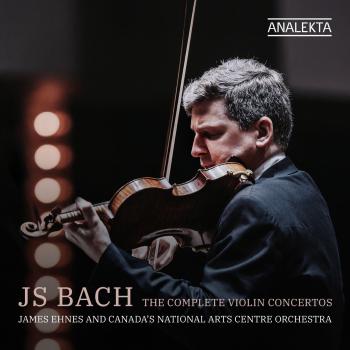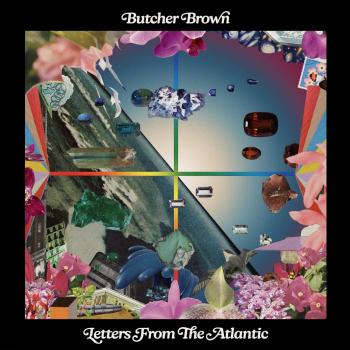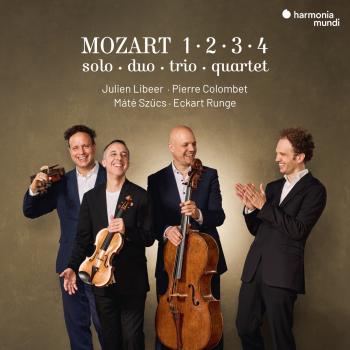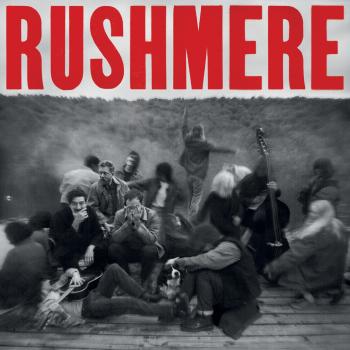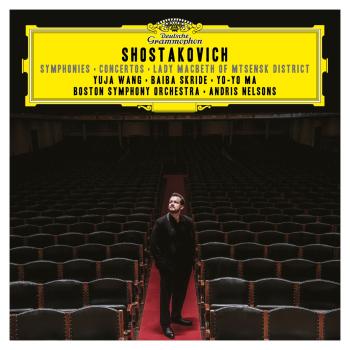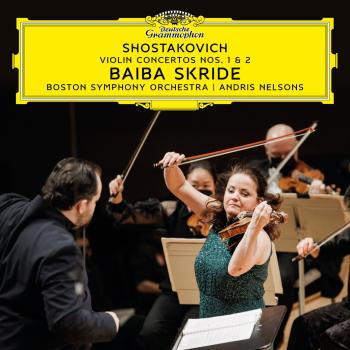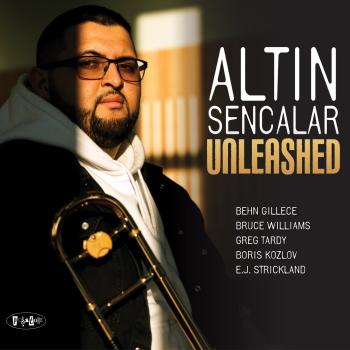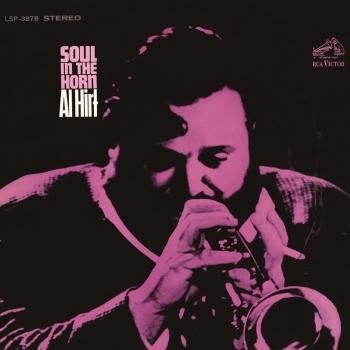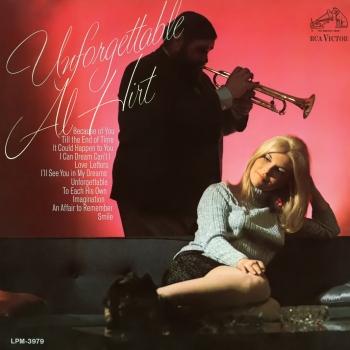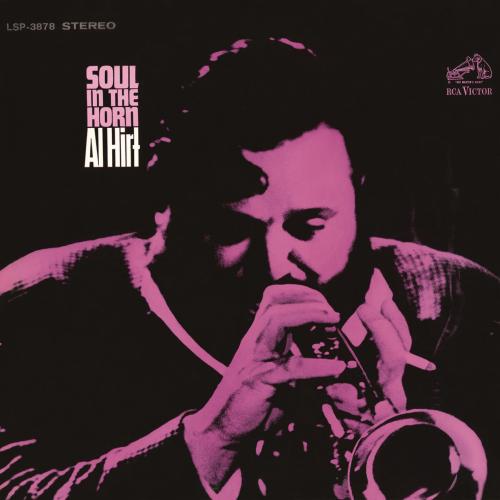
Soul In the Horn (Remastered) Al Hirt
Album Info
Album Veröffentlichung:
1967
HRA-Veröffentlichung:
16.02.2018
Das Album enthält Albumcover
Entschuldigen Sie bitte!
Sehr geehrter HIGHRESAUDIO Besucher,
leider kann das Album zurzeit aufgrund von Länder- und Lizenzbeschränkungen nicht gekauft werden oder uns liegt der offizielle Veröffentlichungstermin für Ihr Land noch nicht vor. Wir aktualisieren unsere Veröffentlichungstermine ein- bis zweimal die Woche. Bitte schauen Sie ab und zu mal wieder rein.
Wir empfehlen Ihnen das Album auf Ihre Merkliste zu setzen.
Wir bedanken uns für Ihr Verständnis und Ihre Geduld.
Ihr, HIGHRESAUDIO
- 1 Honey Pot 02:17
- 2 Mess Around 02:30
- 3 Calypsoul 02:25
- 4 Long Gone 02:42
- 5 Sweetlips 02:59
- 6 Girl 02:16
- 7 Love Ya' Baby 02:45
- 8 Sunday - Goin' to Meetin' Time 02:39
- 9 Snap Back 02:05
- 10 Harlem Hendoo 02:39
- 11 Ludwig 02:58
Info zu Soul In the Horn (Remastered)
One of Al Hirt's grooviest records – and a set that definitely lives up to the "soul" in the title! The album's always in demand for the excellent sample cut "Harlem Hendoo", but it certainly isn't a one tracker – thanks to composer Paul Griffin and arranger Teacho Wiltshire, as Hirt gets un-characteristically funky on tunes like "Honey Pot", "Mess Around", "Girl", and "Love Ya' Baby".
"You'll never mistake Al Hirt for Blue Mitchell, but Soul in the Horn is nevertheless a surprisingly genuine and expressive detour into soul-jazz that captures an energy otherwise absent from the trumpeter's ho-hum catalog. The slinky "Harlem Hendoo" is the standout -- sampled by De La Soul for the Buhloone Mindstate cut "Ego Trippin Pt. 2"; it's also the reason why the record is so scarce and commands such high prices among crate diggers who wouldn't otherwise allow Hirt's records into their homes even as insulation. No less soulful is the opening cover of Booker T. & the MG's "Honey Pot" or the bluesy "Sweetlips" -- "Love Ya Baby" even gets funky, albeit in a forty-something white guy kinda way. It's a shame Hirt never made another record quite like Soul in the Horn -- with the right material and the right intentions, his talent was fierce." (Jason Ankeny, AMG)
Engineered by Brian Christian, Ray Hall
Produced by Paul Robinson
Digitally remastered
Al Hirt (7 Nov. 1922-27 Apr. 1999)
jazz musician, was born Alois Maxwell Hirt in New Orleans, Louisiana, the son of Alois Hirt, a policeman, and Linda Guepet Hirt. According to family lore, the elder Hirt bought his six-year-old son a trumpet at a neighborhood pawnshop. When the mouthpiece stuck, the father tried to fix it by closing a door on it, causing a slight air leak. Young Al had to blow all the harder to play, but he kept at it, gaining power as well as skill. Local teachers encouraged his obvious talent, and soon he was playing in a junior band sponsored by the police department. Over the years he played a wide repertoire with various school ensembles and seemed destined for a career in music. Although jazz would have been a natural choice--New Orleans was a leading center for the genre--Hirt was encouraged to seek training in traditional forms of music, and during his teens he studied the classical trumpet literature with members of the music faculty at Loyola University in New Orleans.
Following Hirt's graduation from high school in 1940, he entered the Cincinnati Conservatory of Music on a classical music scholarship. He joined both the conservatory's symphony orchestra and the symphonic band, playing first trumpet in the orchestra and serving as cornet soloist in the band. During this time, he also soloed with the New Orleans and Cincinnati symphonies. In his spare time, Hirt taught himself pop and jazz standards by listening to radio broadcasts and recordings of famous trumpeters of the day, including Harry James and Roy Eldridge. By the end of his second year at the conservatory, Hirt was making money on the side as a jazz musician.
In the late summer of 1942, Hirt married Mary Patureau, whom he had known in high school. The United States was now engaged in World War II, and in the fall of 1942 Hirt enlisted in the army. He spent much of the next four years in Europe, playing with the Eighty-second Army Air Force Band. By the time of his discharge in 1946, he had a growing family to support--the couple eventually had eight children--and he decided to forgo symphonic music in favor of a more lucrative career as a big-band musician. Hirt quickly found employment with some of the biggest names in the business, touring the country successively with the likes of the bandleaders Tommy and Jimmy Dorsey, Ray McKinley, and Tony Pastor. A small milestone in Hirt's career occurred in 1949, when he was a prizewinner on the weekly Philip Morris Talent Contest radio show; as a consequence he was invited to play with the bandleader Horace Heidt on Heidt's own radio show, and Hirt toured the United States and Europe with Heidt and his band.
Dieses Album enthält kein Booklet

